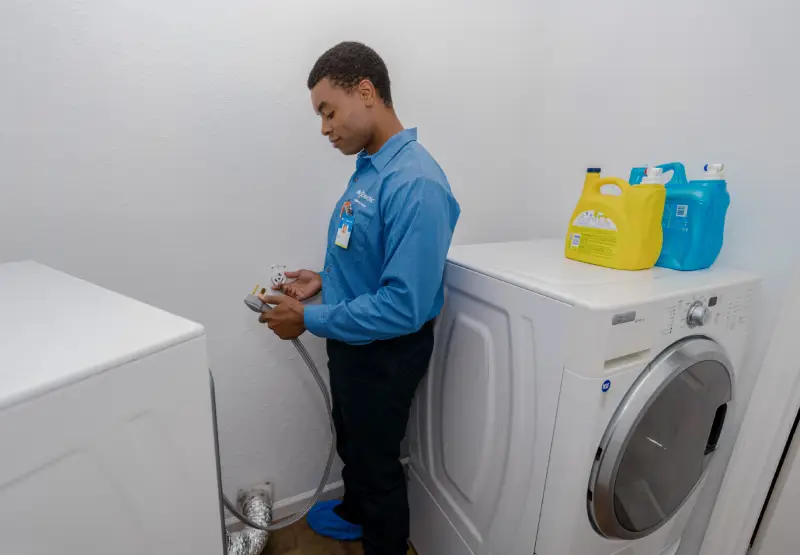
Mr. Electric experts explain how to determine if you need dedicated circuits for your home.
|
Are the appliances in your home set up to run safely, or do you often trip a breaker when you attempt to run one too many appliances simultaneously? Frequently tripping a circuit breaker is a sign you could benefit from one or more dedicated circuits in your home.
What Are Dedicated Circuits?
Your home is wired with separate circuits in an effort to spread power consumption around. Circuit breakers are designed to trip if a power overload occurs and too much electricity is drawn at once.
When a circuit supports a single appliance, it’s known as a dedicated circuit and has its own breaker in your electrical box. The purpose of dedicated circuits is to ensure high-power appliances have access to adequate amperage so they can operate safely without forcing a circuit breaker to trip.
Which Appliances Are Most Likely to Need a Dedicated Circuit?
The National Electrical Code requires dedicated circuits for all major, fixed electrical appliances. These include:
- Refrigerators and freezers
- Electric stoves and wall ovens
- Dishwashers
- Washers and dryers
- Furnaces, heat pumps and central air conditioners
If you use small appliances in the same outlets all the time, it could be worthwhile to have a dedicated circuit installed if the breaker trips regularly. Small appliances that draw a lot of power and may warrant their own circuit include:
- Microwaves
- Toasters
- Electric space heaters
- Window air conditioners
- Sump pumps
- Hair dryers
How to Tell if an Appliance is on a Dedicated Circuit
Follow a few steps to check for the presence of dedicated circuits in your home.
Pay Attention to What Makes Your Breakers Trip
You may find that you can operate your toaster and microwave at the same time, but as soon as you turn on the blender, the combination of all three appliances causes the breaker to trip. This signals that none of these outlets are on a dedicated circuit. If the problem continues, consider having a dedicated circuit installed.
Read the Labels in the Electrical Box
If the electrician who wired your home was thoughtful, he should have labeled the circuits in your electrical box. See if any are labeled with specific appliances rather than entire rooms to indicate dedicated circuits.
Test Your Outlets
Neon testers, voltmeters, and tick-tracers are all used to check circuits. When you press your chosen device into an outlet, the bulb lights if the circuit is hot. The bulb stays unlit if the circuit is dead.
To check the labels in your electrical box, turn them all off except one. Then test the outlet or outlets you think is still being powered with your device of choice. You can also use an ordinary table lamp to check for hot and dead circuits.
If you leave on the breaker labeled “Refrigerator” and turn off the rest of them, first make sure the fridge is still working. Then test the outlets around this appliance to ensure none of them are hot. If this is the case, you just verified your refrigerator is on a dedicated circuit, as it should be.
When it comes to deciding if you need to install a dedicated circuit, here’s a good rule of thumb: if you’re running something with its own motor, it’s safer to have it on its own circuit. In the end, it’s always better to have too many circuits than not enough!
Contact Mr. Electric
For help determining if you need a dedicated circuit, or to have a qualified professional install dedicated circuits in your home, please contact Mr. Electric® today.
For Further Reading:
Appliances That Need Dedicated Circuits, Part 1
Appliances That Need Dedicated Circuits, Part 2
Appliances That Need Dedicated Circuits, Part 3
Post Round Up: Electrical Panel Upgrades

